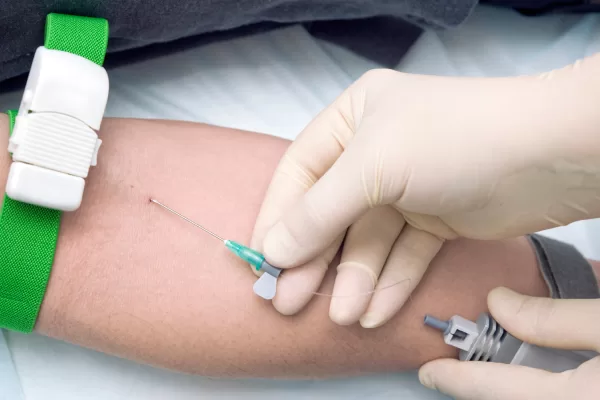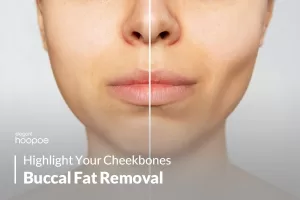Iv laser therapy is a treatment in which a low-level laser is applied to the bloodstream via an intravenous catheter. Intravenous laser therapy is not considered to be a new procedure since it was introduced back in 1981 by two soviet scientists. Still, the technology has evolved, and now laser IV therapy is trending as it has shown its capabilities to improve overall health in many ways.
Generally, IV therapy exposes blood to different low-level laser beams with various wavelengths in order to influence cell biochemical activities and impact the interactions of molecules in the blood. IV therapy can affect lipid-water, protein-water, and lipid-protein molecules that are circulating in the bloodstream.
Intravenous Laser therapy treatment process
Intravenous laser treatment, or ILBI, was first applied 25 years ago, and the technology has witnessed many changes in recent years. The process of the treatment is not complex; a laser light is aimed at a target site via an optical fiber intravenous catheter, which is passed through the lumen of a butterfly needle and into a peripheral vein, typically in the forearm or back of the patient’s hand.
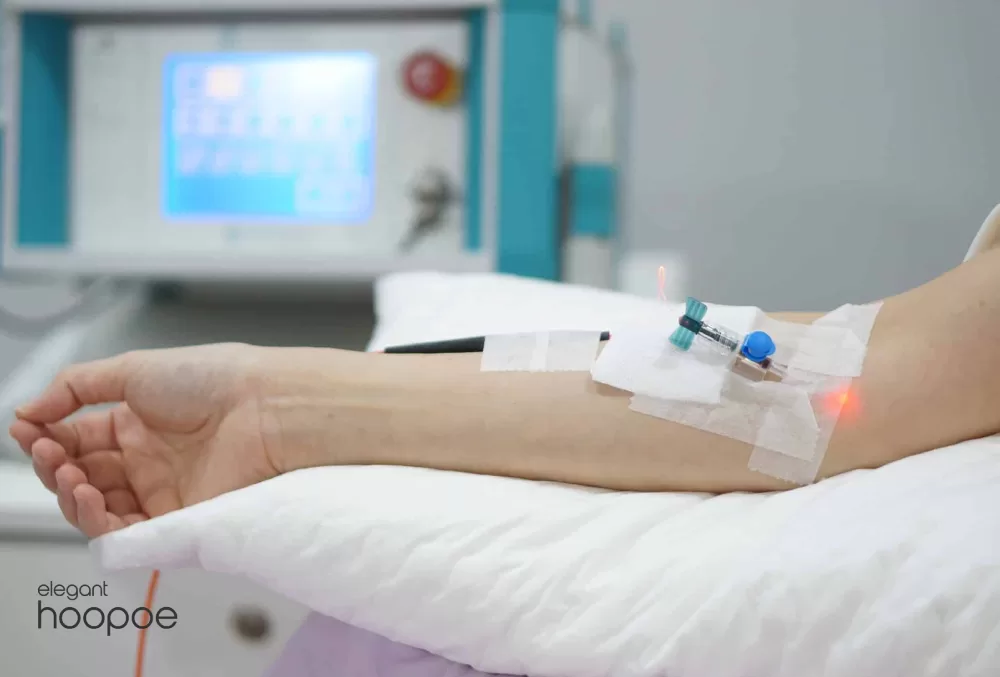
Each treatment session can take up to 120 minutes, depending on the type of procedure, but on average, most sessions take 30 minutes. The number of sessions that each individual requires is different, and it entirely depends on their goal. Some individuals might consider attending their sessions daily, and others might want to have just one or two sessions in a week, though a qualified service provider will make the best decision based on the patient’s goal and health condition.
At first, IV laser therapy utilized red light laser, but as the technology advanced, yellow, green, blue, infrared, and UV lasers with different wavelengths have been introduced to the treatment.
Different types of IV laser therapy
As we have covered in the previous section, Red laser was used as the first type of laser therapy, and it has proven to be effective in ATP production, ultimately resulting in an increase in energy level and better blood circulation. Also, red lasers can enhance the neuron cells’ functioning while boosting the immune system.
Elegant Hoopoe, health and aesthetic center is offering the best IV therapy in Dubai.
The red laser is able to activate T-cells and macrophages, which stimulate the immune system. It also has a coagulation-inhibiting effect, which inhibits platelet aggregation.
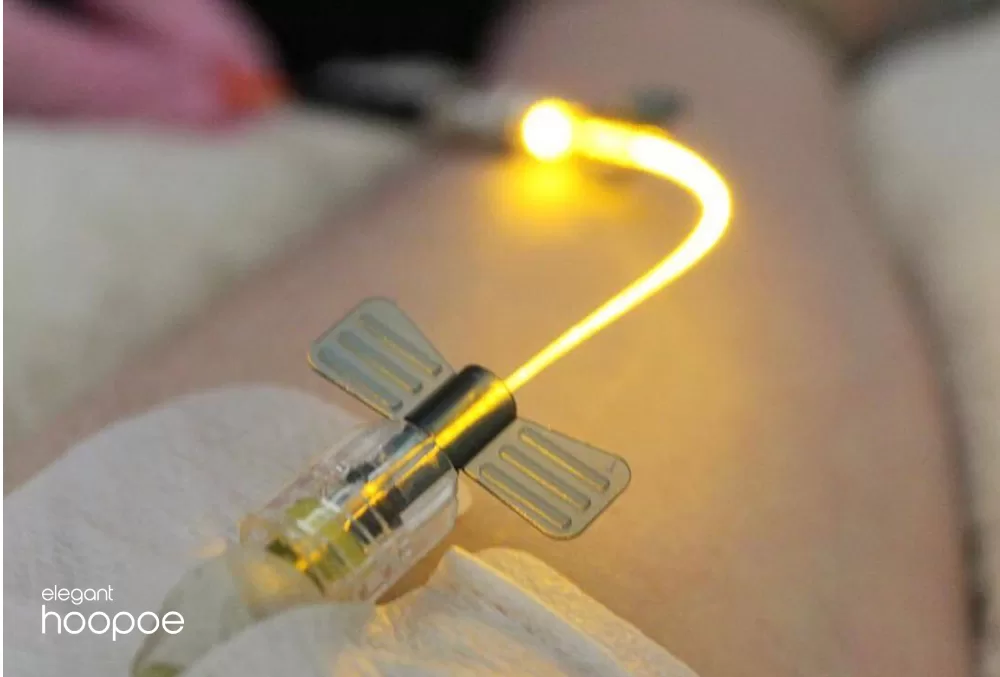
Yellow Laser
Claims are that the yellow laser will improve serotonin levels and vitamin D metabolism. Since serotonin is a hormone responsible for our happy mood, the yellow laser is said to be effective in treating depression to some extent; on the other hand, by improving vitamin D absorption, it can have a positive effect on the bone structure and connectivity tissue while also strengthening the immune system.
- It is also said that yellow lasers have detoxifying and anti-anxiety effects.
- There are some reports suggesting that this type of IV laser therapy is good for chronic infections and fatigue syndromes.
Green Laser
IV laser therapy using green light has been shown to be good for inflammation. Green laser is said to be an excellent choice for preventing infections, inflammatory swellings, ulcers, or infectious tumors. Greenlight will improve oxygen absorption in the blood and stimulate ATP production, which will increase energy levels.
Blue Laser
The blue laser has some similarities to the green light. Blue light influences the immune response and enhances the ability to heal different types of wounds because of its anti-bacterial and anti-inflammatory effects.
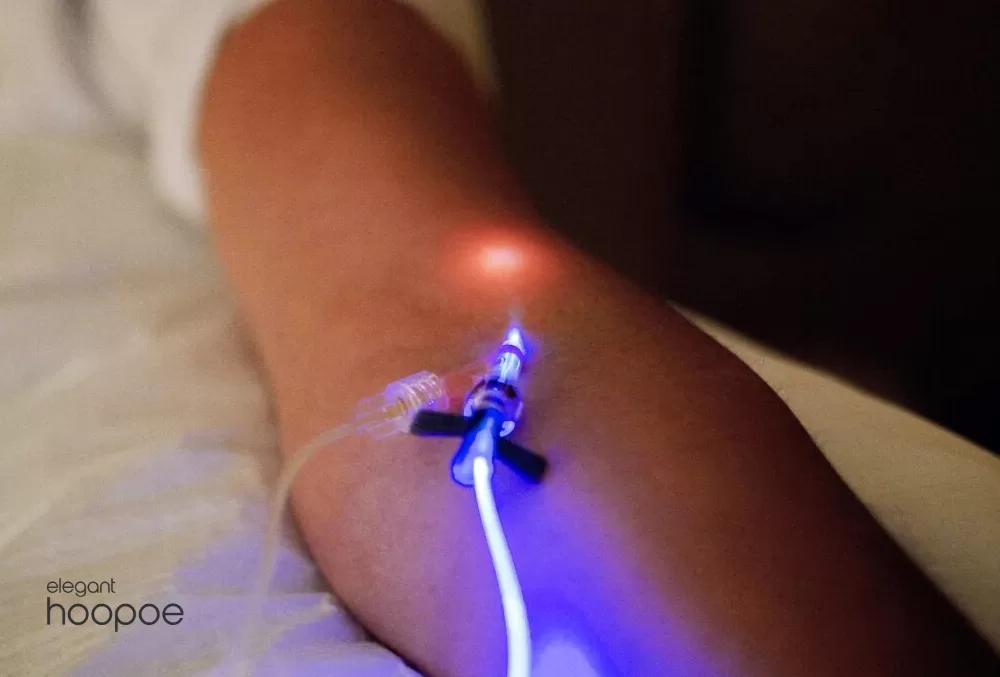
Infrared laser
IV laser therapy using an infrared light is said to be effective for chronic fatigue. Infrared laser is responsible for more ATP production, and as we have explained, it will increase energy level.
UV Laser Light
UV light, also known as ultraviolet intravenous therapy, is used for treating blood-borne viruses. This treatment is recommended to those facing viral infections as ultraviolet light can boost the immune system and make it respond to infections. Claims are that UV laser therapy is good for psoriasis, lymph cancer, chronic infections, and chronic fatigue. Other benefits of UV laser therapy are:
- More oxygen intake in the blood cells
- Effective for eliminating viruses and bacteria
- Decreases platelet aggregation
What is IV laser therapy good for?
There have been multiple studies on IV laser therapy and its effects on different health conditions. For instance, one study showed promising results for arthritis, skin conditions, and periodontal disease.
IV therapy has proven to have anti-aging effects while also reducing the appearance of scars and wrinkles.
Other health conditions and diseases that might be cured or treated to some extent via IV laser therapy are:
- Diabetes mellitus
- Chronic liver and kidney diseases
- Lipid metabolic disorder
- Heart diseases
- Chronic shoulder syndromes
- Allergies and eczema
- Fibromyalgia
- Rheumatism
- Hypertension
- Tinnitus
- Macular degeneration
- Multiple Sclerosis
- Depression
- CFS (chronic fatigue syndrome)
- Panic attacks and anxiety disorder
- Lyme disease
Who is qualified for Intravenous laser therapy
Although IV laser therapy is considered to be a safe treatment, there are some considerations and situations in which this therapy might not be the best option. For example, taking treatment sessions when you are pregnant is not recommended unless your doctor approves of it. Other conditions are:
- Bleeding disorders and when an individual is taking anticoagulants and antiplatelets
- Photosensitivity ( undergoing treatment session with precaution is recommended )
- Active cancer: Although the studies show that IV laser treatment can boost the immune system response to different situations, in terms of active cancer, limited data supports the notion that this therapy is good for cancer.
- Thyroid conditions: people who are facing hyperthyroidism are not eligible for this treatment as it probably will make their condition worse.
- Severe cardiovascular conditions: Those who are suffering from unstable angina, acute myocardial infarction, and severe congestive heart failure are not good candidates for IV laser therapy.
- Epilepsy or seizure disorders: Since IV laser treatment involves being exposed to light, it can trigger seizures in people with a history of epilepsy. Precautions should be made before the treatment to lower the risk.


